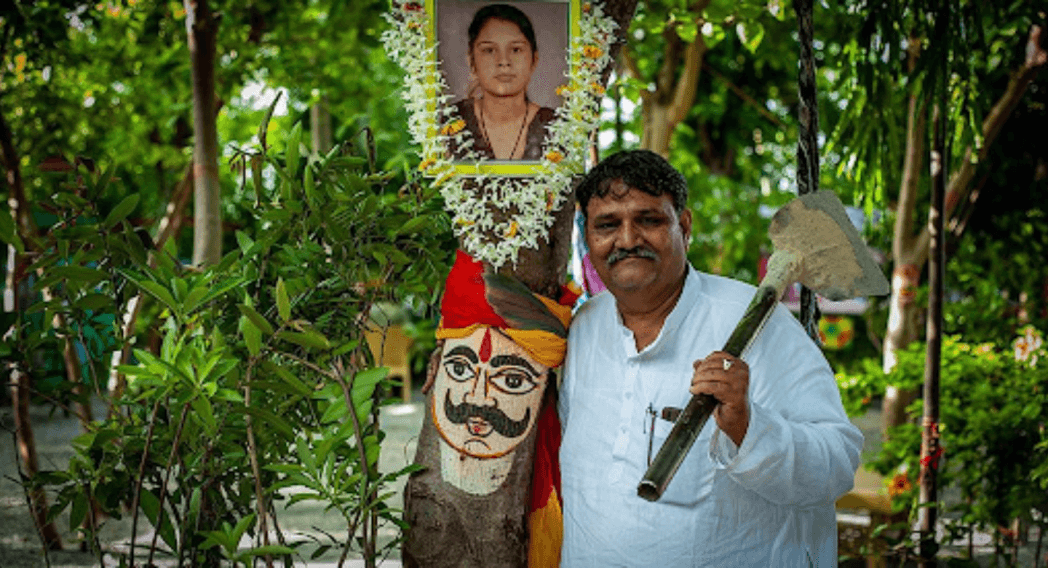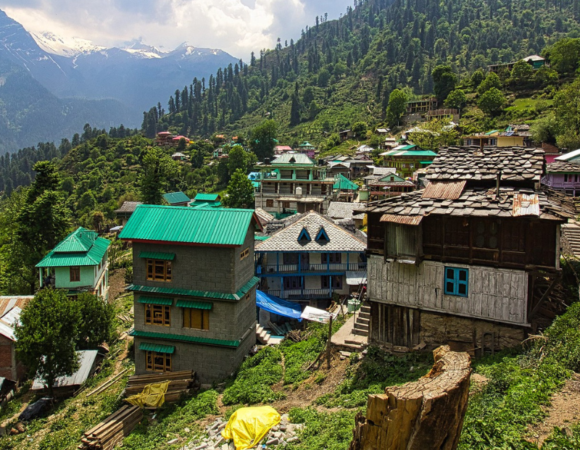Piplantri Village Sustainability Movement
Piplantri Village, a small village in Rajasthan, India, has gained recognition as a model of sustainability through its innovative environmental and social initiatives. The village has successfully addressed critical issues such as water scarcity, deforestation, and gender inequality by implementing community-driven solutions. Its key achievements include planting over 3 lakh trees, significant groundwater restoration, and establishing sustainable livelihoods for villagers. Piplantri’s efforts have earned national and international recognition, making it an inspiring example of how grassroots movements can foster sustainable development. This article aims to explore how Piplantri’s model can serve as an inspiration for other communities looking to achieve sustainable growth.
Table of Contents
ToggleBackground of Piplantri Village

Piplantri Village is located in the Rajsamand district of Rajasthan, a region known for its arid climate and challenging living conditions. The village, with a population of around 5,000, once faced severe environmental and social challenges, including acute water scarcity, deforestation, and economic instability. The excessive exploitation of natural resources, particularly marble quarrying, has led to land degradation and water depletion. Additionally, social challenges such as gender discrimination and lack of educational opportunities for girls further hindered the village’s development. Recognizing these pressing issues, the community, led by visionary leaders, embarked on a transformational journey toward sustainability and social empowerment.
Sustainability Initiatives in Piplantri
1. 111 Trees for Every Girl Child

For every girl born, the village plants 111 trees, fostering a culture of environmental responsibility and gender equality. The planted trees include species like neem, peepal, amla, bamboo, and aloe vera, contributing to ecological diversity. Families are made responsible for tree maintenance, ensuring long-term environmental commitment.
2. Groundwater Conservation Efforts
To address severe water scarcity, rainwater harvesting techniques were implemented. Water pipes were installed to ensure access to clean water for all villagers. The play pump system, which harnesses children’s playtime to pump water, was an innovative addition. These measures helped raise groundwater levels from 800 feet to 15 feet in just five years.
3. Land Restoration and Green Cover Expansion
Quarries and marble waste dumps were reclaimed and converted into fertile land for tree plantations. The Gram Sabha canceled the dumping permits of marble companies, preventing further environmental degradation. Over 3 lakh trees were planted, bringing back greenery and improving soil fertility.
4. Organic Farming and Sustainable Livelihoods
Villagers returned to agriculture, using organic farming methods that enhanced soil quality and reduced dependence on chemical fertilizers. Aloe vera plantations served as termite protection for trees and led to women-led enterprises producing aloe-based products such as gels and shampoos.
5. Education and Awareness Programs
The Kiran Nidhi Yojana ensured education for every girl, promoting awareness about sustainability among younger generations. Awareness programs focused on waste management, water conservation, and afforestation were conducted regularly.
Environmental Impact of Piplantri’s Initiatives
1. Increased Green Cover
More than 3 lakh trees have transformed Piplantri Village from a barren wasteland to a lush green village. This afforestation has contributed to carbon sequestration, helping combat climate change.
2. Revival of Water Resources
Water levels have risen significantly, reducing the village’s dependency on external water sources. The restored water balance has led to improved irrigation and agricultural output.
3. Soil Restoration and Improved Agriculture
The removal of quarry waste and afforestation efforts improved soil quality and fertility, making agriculture viable again. Traditional farming practices were revived, leading to self-sufficiency in food production.
4. Biodiversity Conservation
The increase in tree cover has attracted various species of birds and wildlife, contributing to the ecological balance. The plantation of medicinal plants like neem and amla has further enriched biodiversity.
5. Reduced Carbon Footprint
By reducing reliance on industrial jobs and encouraging sustainable practices, the village has minimized its carbon emissions. The shift to organic farming has also decreased the use of synthetic fertilizers and pesticides, further lowering environmental pollution.
Piplantri stands as a model village for sustainable development, showcasing how environmental conservation and community engagement can bring prosperity while safeguarding natural resources for future generations.
Current Situation
Piplantri Village continues to uphold this tradition, with ongoing efforts to plant trees and promote gender equality. The community has seen improvements in air quality, biodiversity, and water conservation due to the vast number of trees planted. Moreover, the practice has inspired several other villages and communities to adopt similar methods. The village has also become a symbol of sustainable development, where the harmony between nature and society has resulted in long-term benefits. Although the challenge of sustaining these efforts persists, Piplantri’s community-driven approach to sustainability continues to be a model for others.
Conclusion for Piplantri Village Sustainability Movement
The Piplantri village initiative is a powerful example of how community-driven efforts can lead to positive environmental and social change. By intertwining the empowerment of women with ecological restoration, the village of Piplantri demonstrates that sustainable practices can provide solutions to pressing issues like deforestation and gender inequality. The ongoing success of this initiative shows that when communities come together with a shared vision for a better future, they can create lasting change that benefits both people and the planet. Piplantri serves as a reminder of the power of collective action in addressing environmental and societal challenges.
Read More Sustainable Stories
Story of Jadav Payeng- The Forest Man of India
Story of Saalumarada Thimmakka
References
Gaia the Earth Foundation. (2023, October 22). The story of Piplantri – Gaia the Earth Foundation. Gaia the Earth Foundation -.
Achint. (2024, November 7). The Piplantri Model: a story of socio-environmental change in Rajasthan -. Mission Sustainability.
Times of India. (n.d.). Piplantri, village where 111 saplings are planted every time a girl child is born. Times of India Travel.







